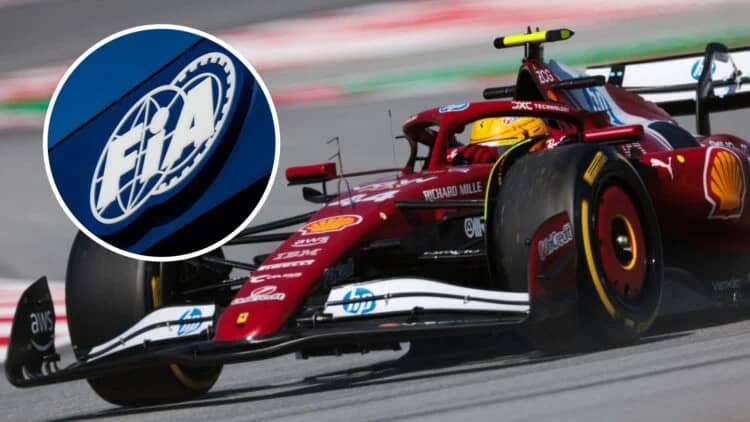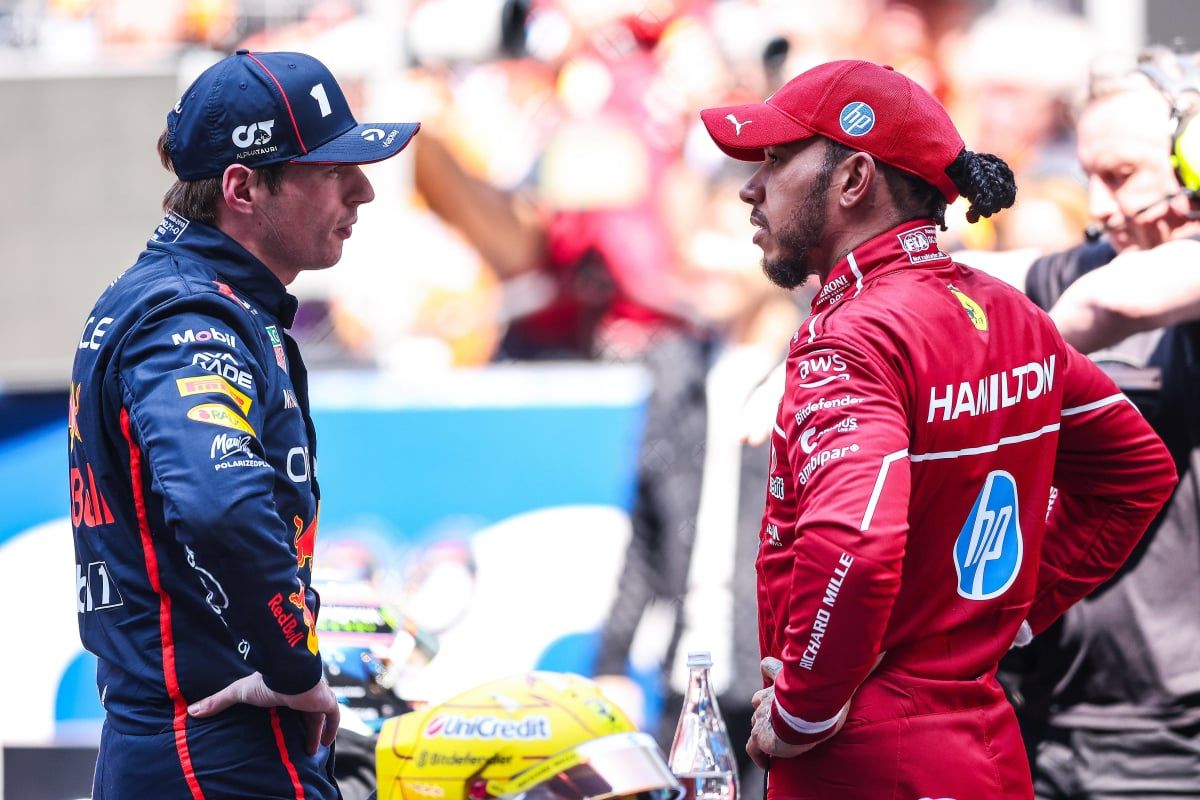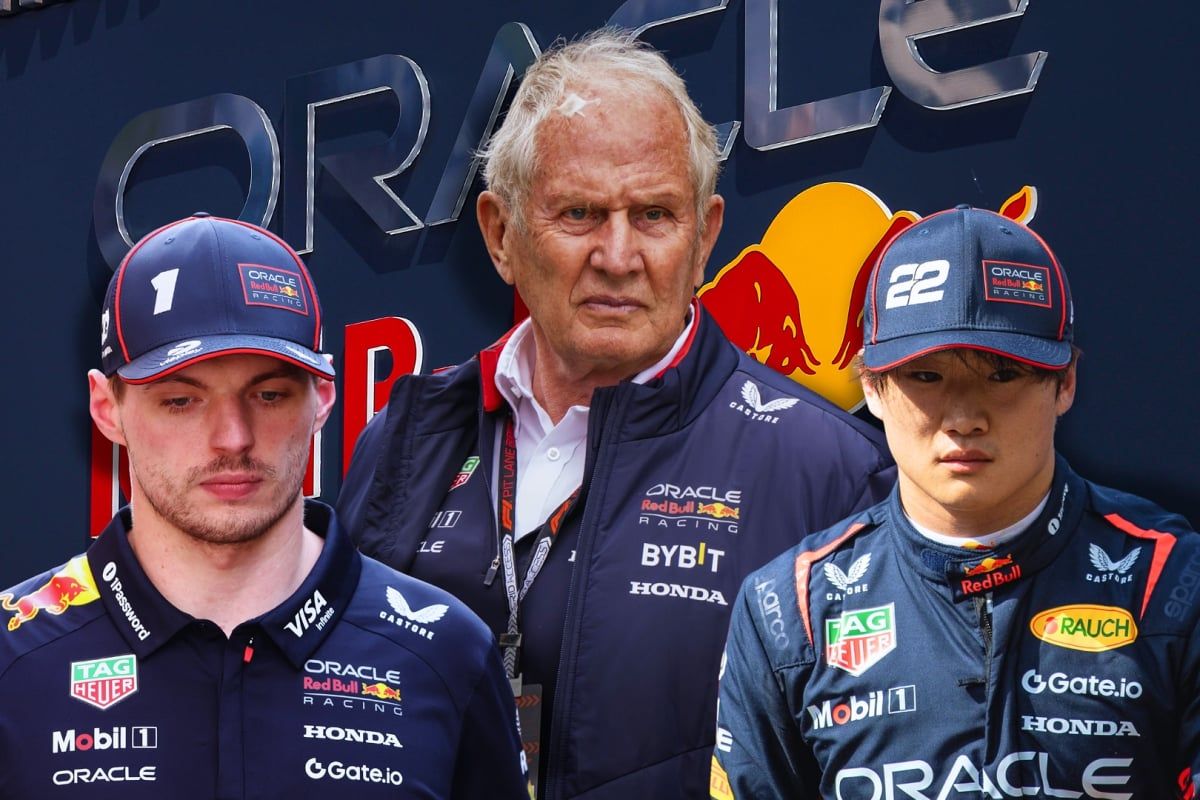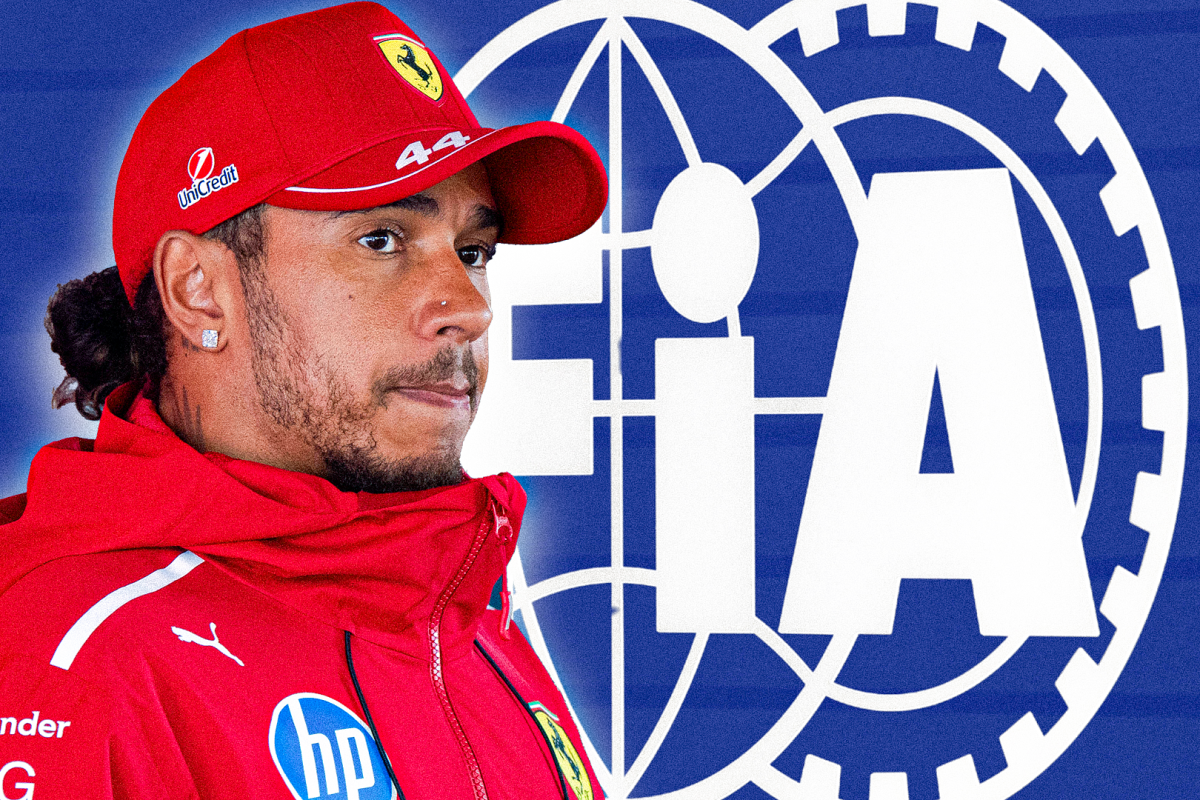FIA Scrutiny on Ferrari Front Wing…… Read more
Ferrari had high hopes heading into the Spanish Grand Prix, viewing the race as an opportunity to turn the tide of their 2025 Formula 1 campaign. Although the team didn’t introduce major upgrades for the weekend, they anticipated that changes in technical regulations—specifically, stricter front wing tests mandated by the FIA—could disrupt their competitors more significantly than themselves.
The FIA’s decision to implement more rigorous front wing flex tests was aimed at curbing illegal aerodynamic advantages some teams may have been exploiting. Ferrari expected the clampdown would affect rivals like McLaren and Mercedes, potentially closing the performance gap. Internally, the Scuderia even believed it could mark a major turning point in their season—a so-called “day of resurrection.” However, the outcome at the Circuit de Barcelona-Catalunya was anything but revitalizing for the Italian squad.
Despite the technical crackdown, McLaren emerged stronger than ever. The team locked out the front row in qualifying, with Oscar Piastri delivering a particularly impressive lap that put him over three-tenths of a second ahead of Red Bull’s Max Verstappen, the fastest driver outside the McLaren garage. McLaren’s qualifying dominance was a blow to Ferrari’s optimism, as it became immediately clear that their expectations had not aligned with the on-track reality.
Ferrari found themselves off the pace, securing only the fourth-fastest car on single-lap performance. Charles Leclerc managed to qualify ahead of his teammate Carlos Sainz, but both were behind not just the McLarens and Verstappen, but also the Mercedes of George Russell. Lewis Hamilton, meanwhile, qualified fifth, ahead of both Ferraris but couldn’t maintain that advantage come race day.
On Sunday, Ferrari salvaged a decent haul of 23 points thanks in part to Leclerc’s racecraft and good fortune. The Monegasque driver scored his second consecutive podium, finishing third after benefiting from a well-timed safety car that shuffled the order in his favor. Despite the podium result, Leclerc admitted that luck played a role and that the team’s performance still left much to be desired in terms of outright pace.
Hamilton, who had looked solid in qualifying, faded during the race, finishing seventh and struggling on heavy fuel loads. His Mercedes lacked the pace to challenge the frontrunners, and he was notably outperformed by teammate Russell, who finished ahead in the final standings.
While Ferrari’s podium helped them leapfrog into second place in the constructors’ standings, the mood within the team remained cautious. The FIA’s intervention on front wing flexibility, which had been expected to hinder their competitors, did not deliver the strategic advantage Ferrari hoped for. Instead, it raised new questions about whether the directive had an equal impact across the grid—and whether further scrutiny may be needed to ensure a level playing field.
As the season progresses, attention will remain on how these technical regulations evolve and whether Ferrari can truly capitalize on future opportunities to close the gap to the front.




